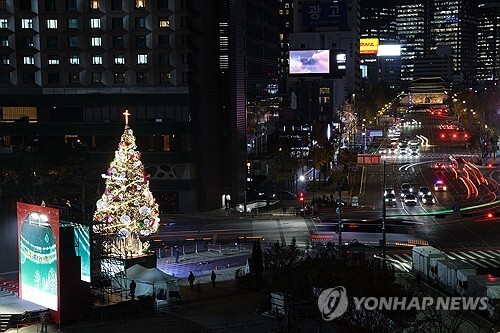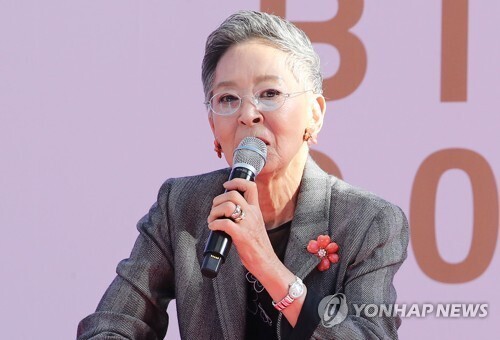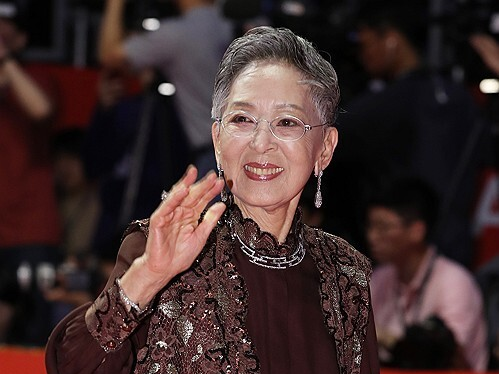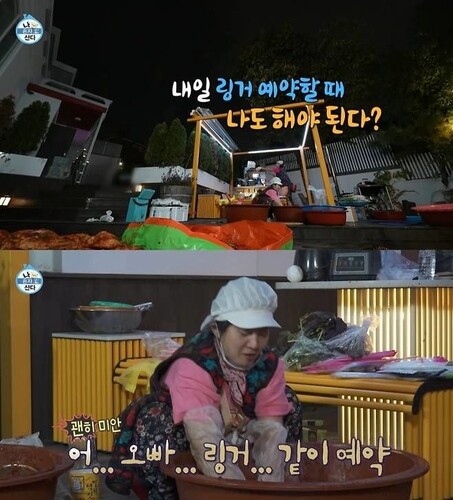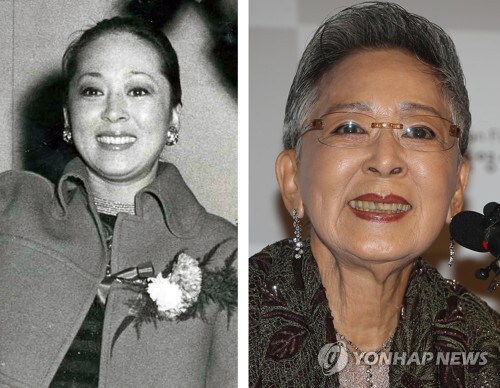by Ra Hwak Jin / Kim Sun Min
[ENG] A holiday that celebrates Jan. 15 of the lunar calendar
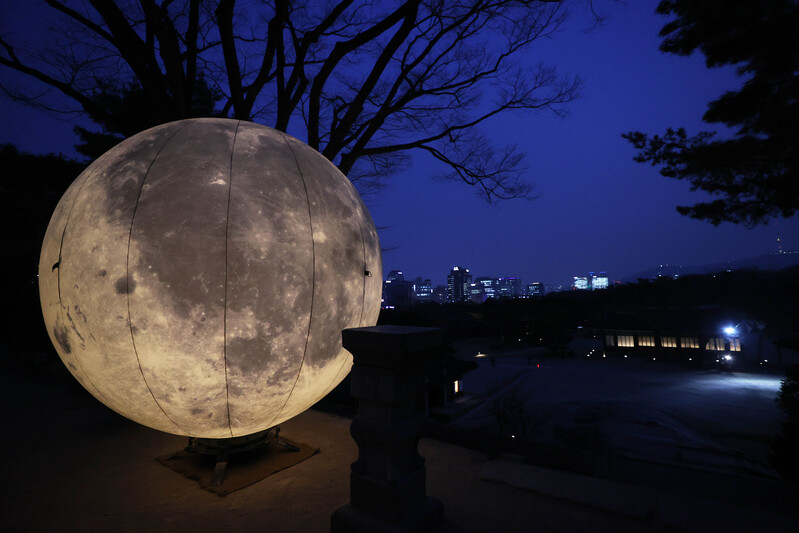 |
| ▲ This file photo shows the event held in Changgyeonggung Palace in Jongno-gu, Seoul, to celebrate Daeboreum. (Yonhap) |
Daeboreum is a term for Korean holiday that celebrates Jan. 15 of the lunar Korean calendar. The full moon rises on the 15th day of each month, so it’s called Boreum, and the first Boreum of the New Year, which is Jan. 15, is called Daeboreum and considered as a holiday. Daeboreum means "the largest full moon." This year, Daeboreum is on Feb. 15 of the solar calendar.
Korea is not the only country that celebrates Daeboreum. In China, this day is called Sangwon or referred to the day the government grants blessing in Taoist term, while it is also celebrated as a holiday in Japan.
In Korea, Daeboreum is not a national holiday, but the traditional customs passed down on Daeboreum were no less than Chuseok and New Year's Day. According to the Doosan Encyclopedia, various customs on Daeboreum are more than a quarter of the total traditional customs. Moreover, many customs, such as eating ohgok-bap, five-grain rice, and breaking bureom, are still maintained in Korea today.
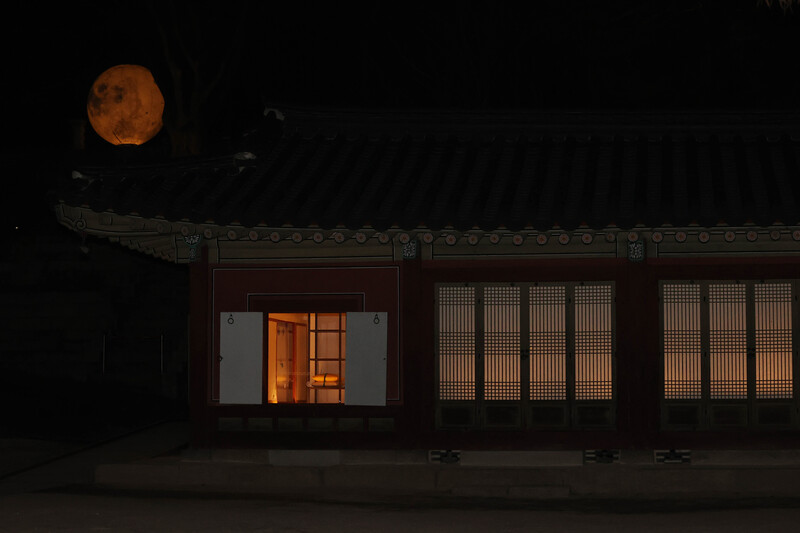 |
| ▲ This file photo shows the event held in Changgyeonggung Palace in Jongno-gu, Seoul, to celebrate Daeboreum. (Yonhap) |
The origin of Daeboreum also appears in the Samguk yusa, or Memorabilia of Three Kingdoms, and this book mentions that after King Soji of Silla saved his life by listening to the words of an old man, who appeared in the pond in 488 AD, there has been a custom of performing ancestral rites with glutinous rice on Daeboreum.
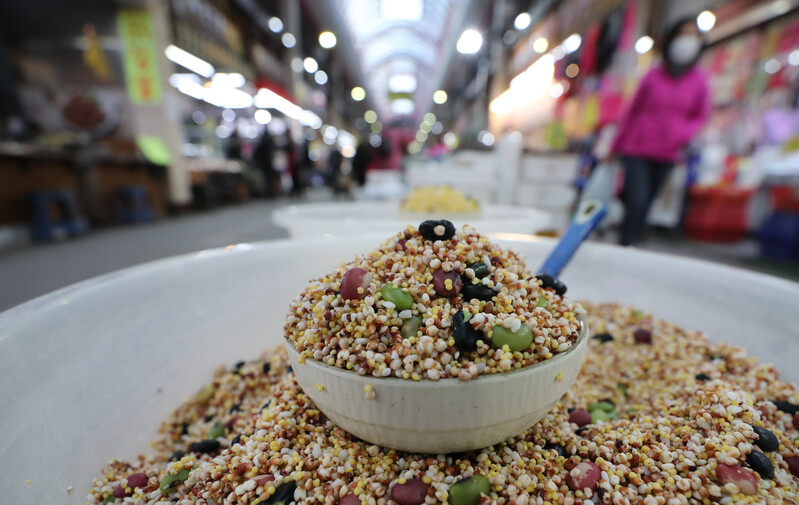 |
| ▲ This file photo shows ohgok-bap. (Yonhap) |
◇ Ohgok-bap·bureom·gwibalgisul… Daeboreum food
One of the representative foods of Daeboreum is Ohgok-bap. It is cooked with five grains, such as rice, barley, foxtail millet, bean, and proso millet, and sometimes made with glutinous grains, including glutinous rice, chasusu, hulled glutinous millet, red beans, and black beans. Ohgok is a generic term for grain, so it is said that ohgok-bap was made with not only these 5 grains, but also a variety of cultivated grains.
On Daeboreum, people cook yakbap, which is made by steaming glutinous rice and mixing with jujubes, chesnuts, oil, honey, soy sauce, and pine nuts, and hold ancestral rites. Yakbap is dark, sweet, and salty since it contains soy sauce.
 |
| ▲ This photo, provided by Korea Traditional Culture Center, shows bureom. (PHOTO NOT FOR SALE) (Yonhap) |
The book "Dongguksesigi" in the late Joseon Dynasty says, "In the morning of Daeboreum, people bite peel chestnuts, walnuts, ginkgo nuts, and radish, and pray so that they could be peaceful over the year.” This is called Bureum and it is still prevalent nationwide.
In the morning of Daeboreum, people drink a cup of “gwibalgisul,” a cold wine that is not heated, and it holds the meaning that it will make your ears bright and you will only hear good news all year round.
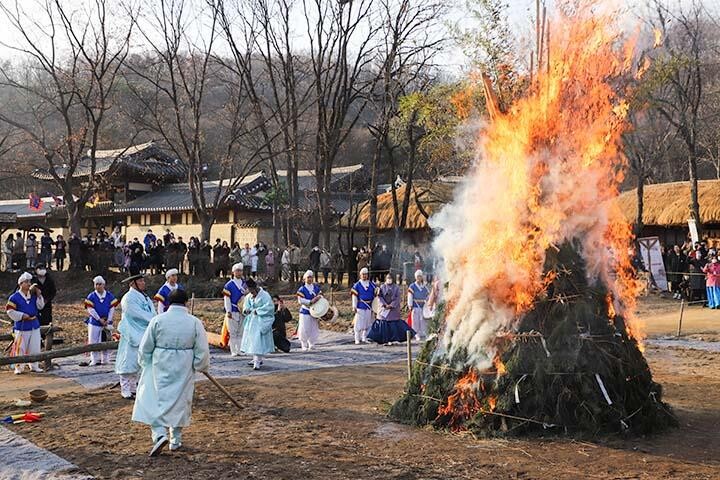 |
| ▲ This file photo shows daljip burning from the event held in Korean Folk Village. (Yonhap) |
◇ Daeboreum customs
Around the time of Daeboreum, people make a pile of branches to build a “daljip” and wish to prevent unfortunate events by setting fire when the moon rises. It also contains the meaning of chasing away the evil spirits of the village with the explosion of bamboo in the daljip.
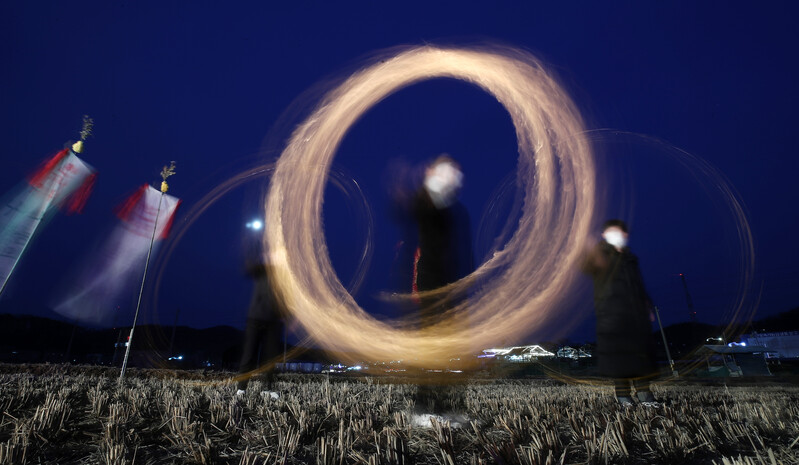 |
| ▲ This file photo shows Jwibulnori from the event held in Gwangseok-dong in Gyeonggi Province. (Yonhap) |
The farmers set fire to the ridge between rice fields and plow with the signal of daljip setting on fire. This is called Jwibulnori, and it has the intention to reduce damage of pests by burning weeds.
On the night of Jan. 15, people have customs of stepping on the bridge since it is said to strengthen your legs. It seems to have become a custom derived from the same pronunciation of the two wards in Korean.
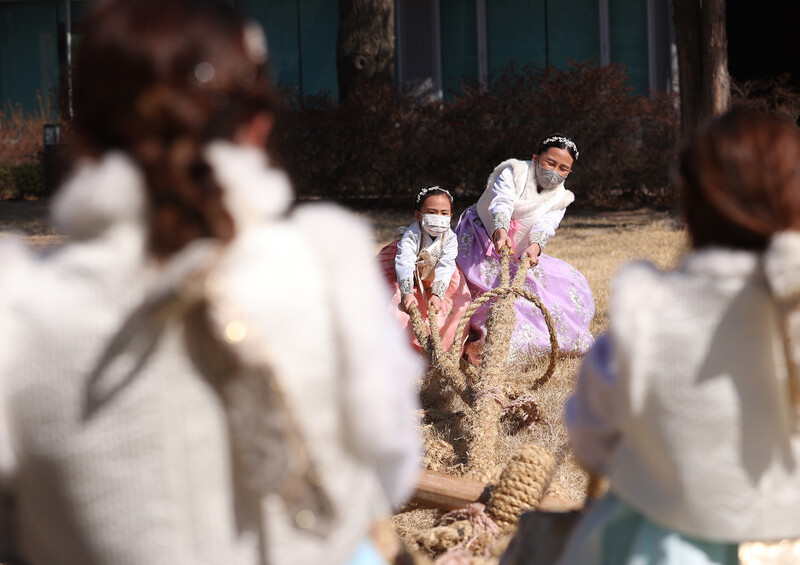 |
| ▲ This file photo shows tug-of-war from the event held in National Museum of Modern and Contemporary Art. (Yonhap) |
On Daeboreum, many people in the village participated in various games, such as tug-of-war, loop fight, Chajeon Nori, and Seokjeon, where they divided in teams.
In Andong, Gyeongsangbuk-do, many women played a traditional game where they bend at the waist, grab the waist of the person in front of them, and a woman who plays the role of a princess steps on people’s back and run along with the help of a woman who plays a maid.
(END)
(C) Yonhap News Agency. All Rights Reserved







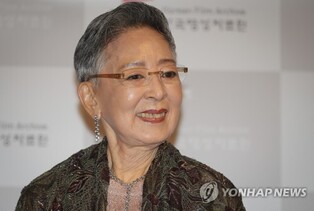

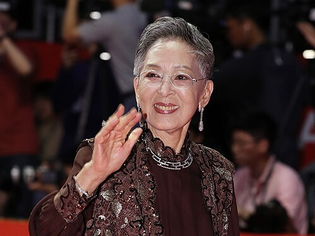
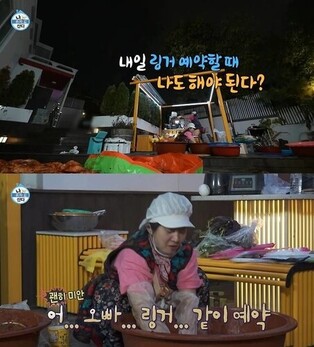
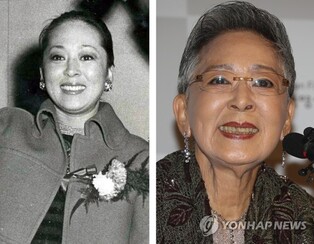
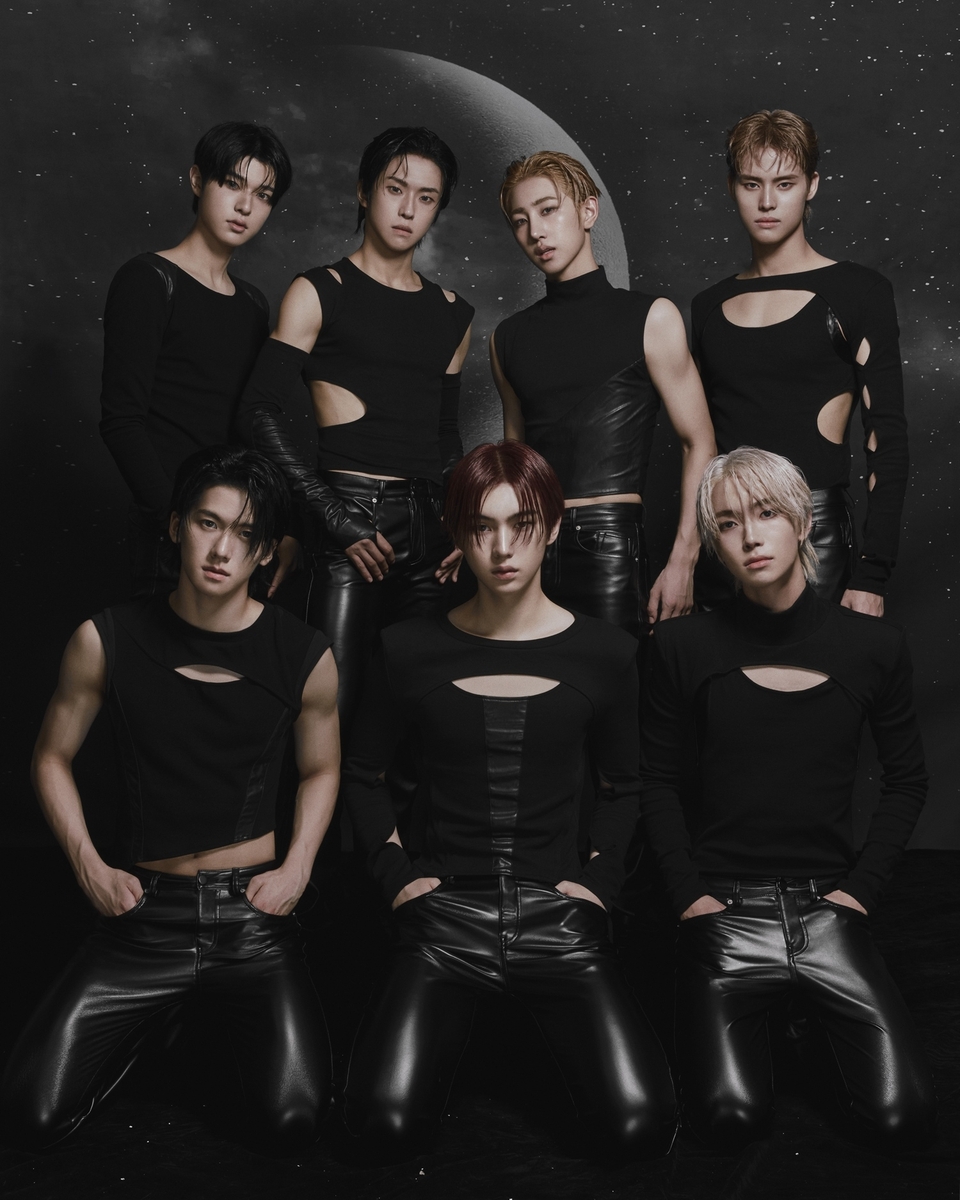
![[가요소식] 지코, 요아소비 이쿠라와 신곡 '듀엣' 발매](https://korean-vibe.com/news/data/20251212/yna1065624915953509_920_thum.jpg)
